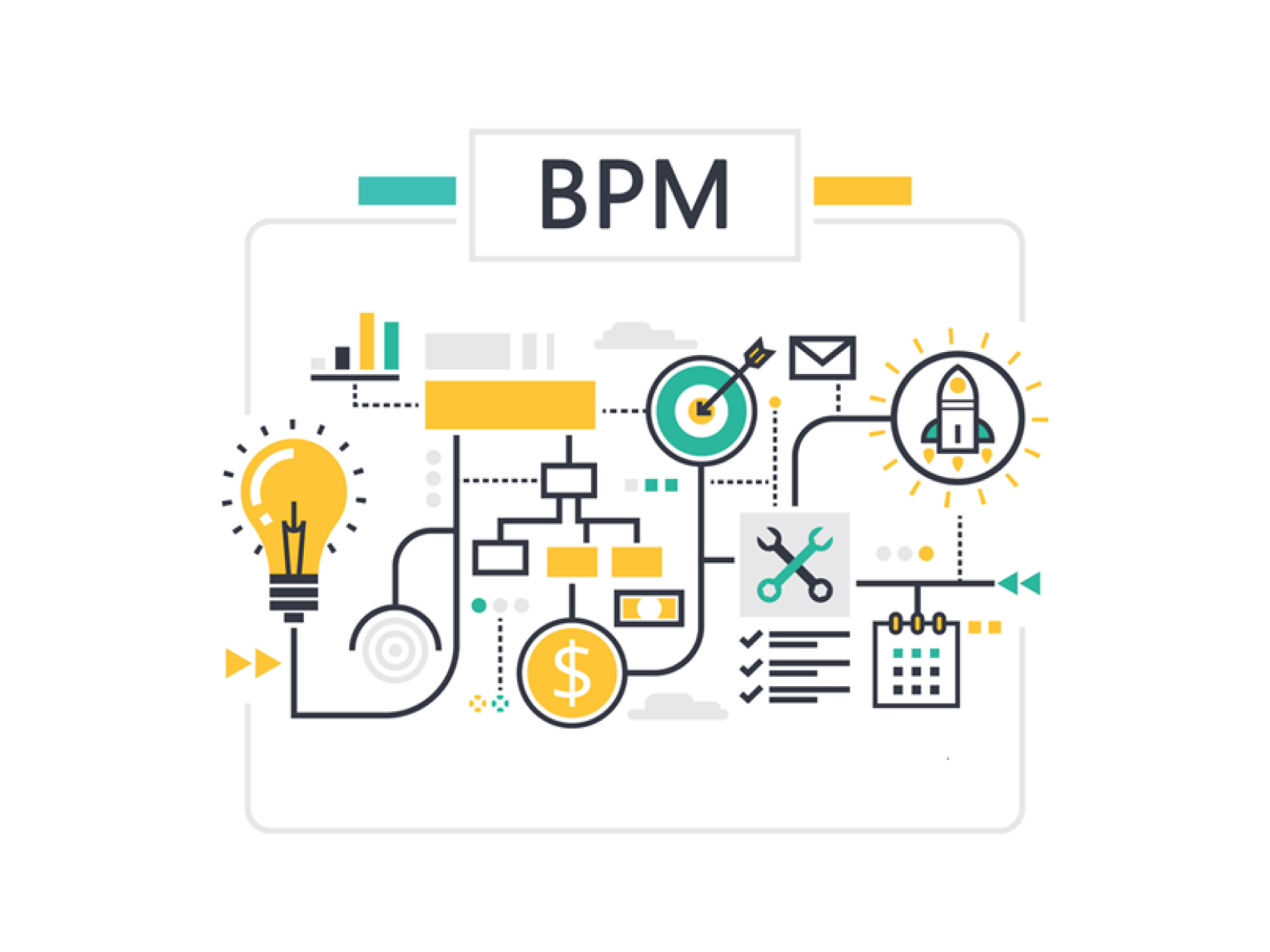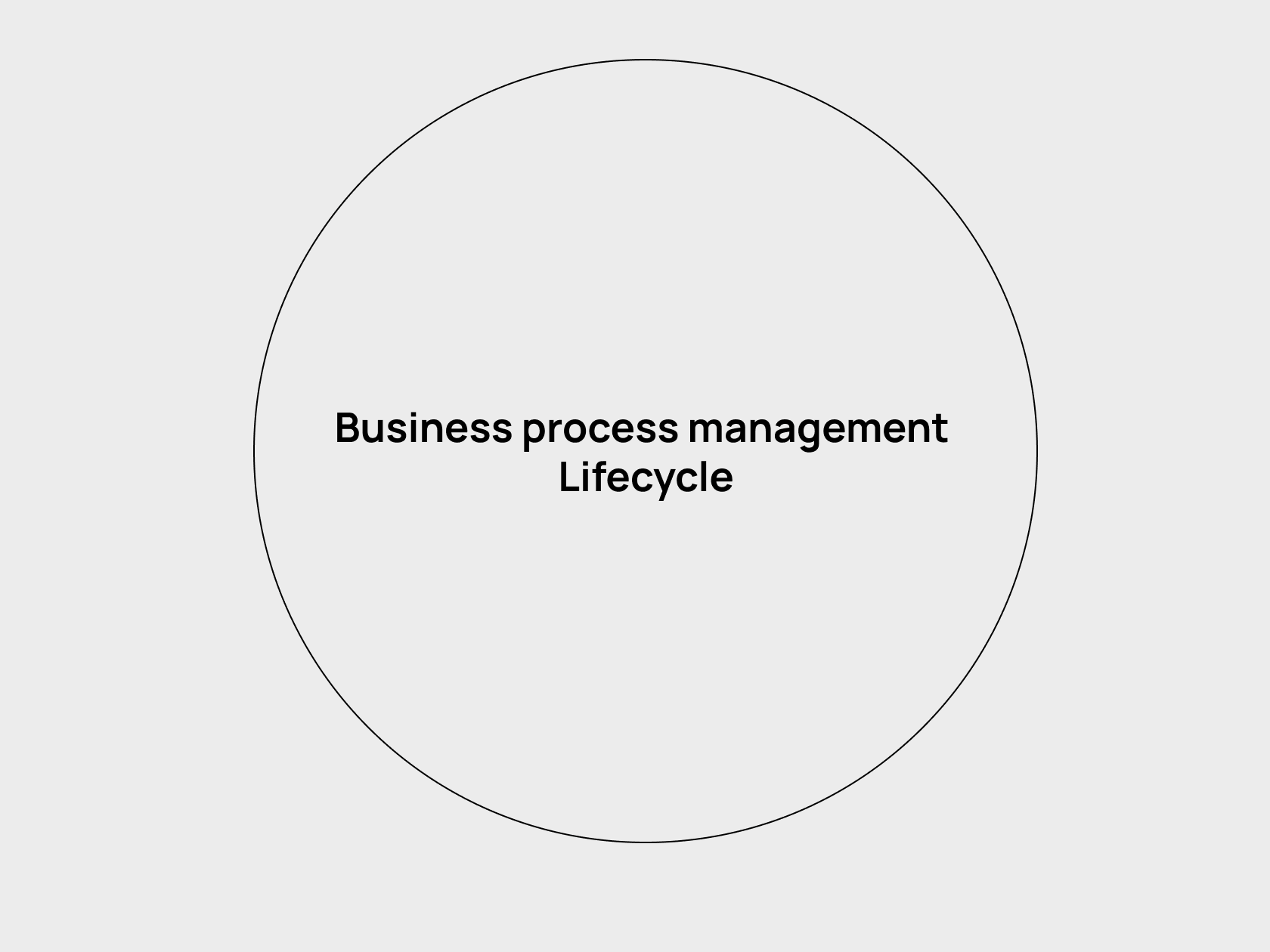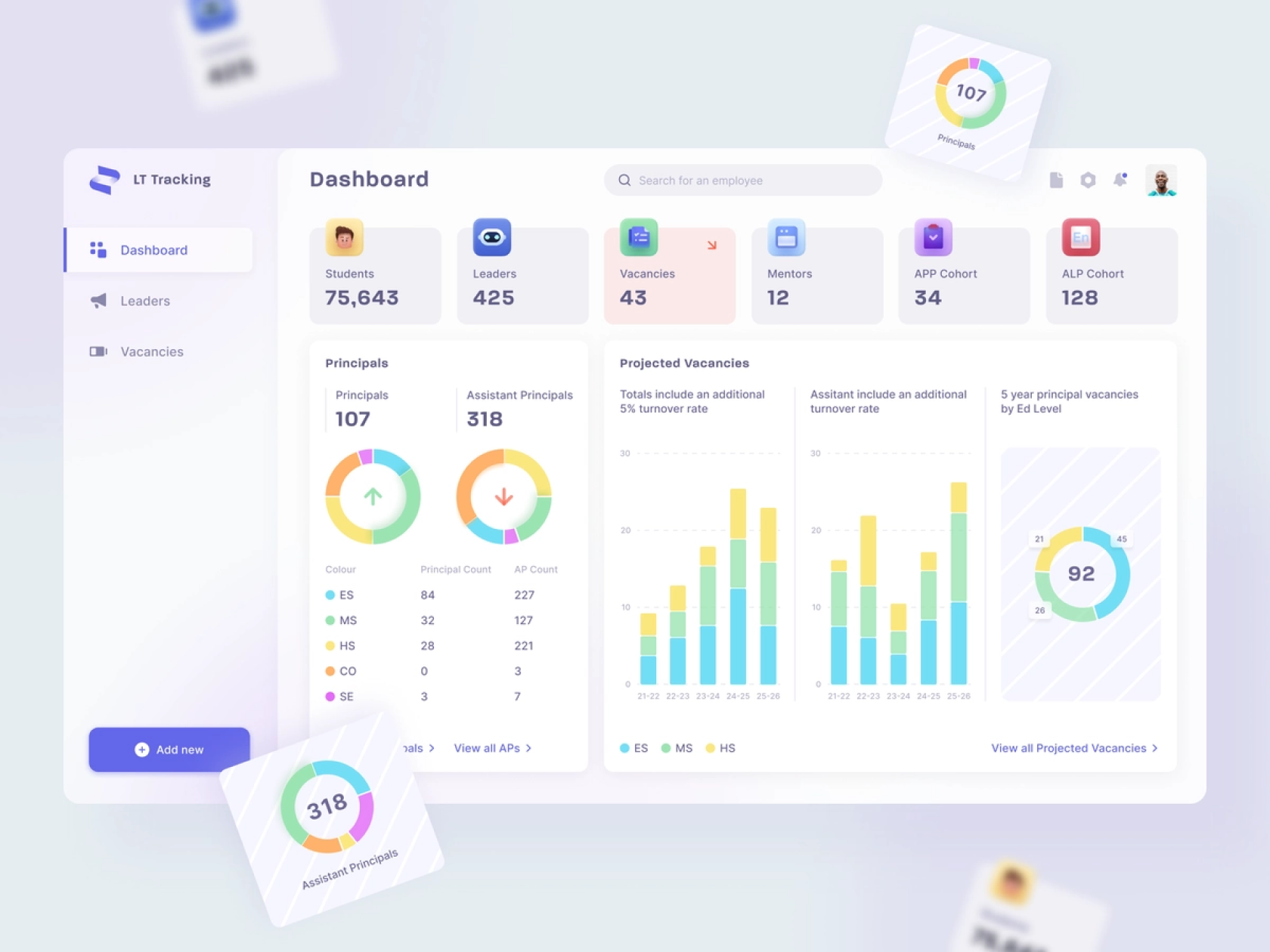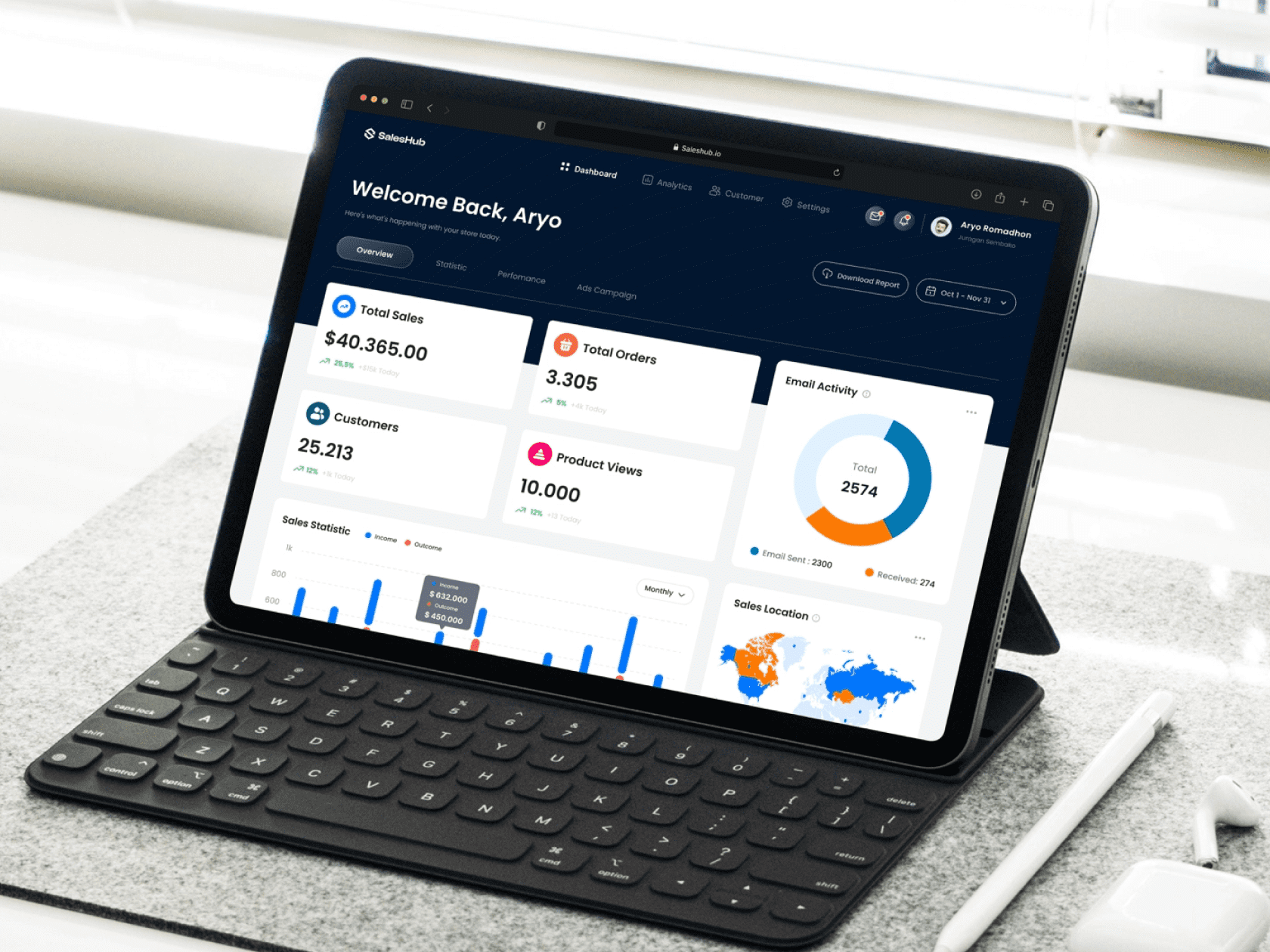The adoption of business process management (BPM) enables companies to achieve unparalleled levels of efficiency and enhance their overall organizational structure. This approach revolutionizes the way businesses operate, as it helps optimize and improve processes, and meet customer demands way more effectively. BPM workflow software plays a vital role in facilitating these improvements and offers numerous benefits to organizations.
Let's have a look at why it is so advantageous and why you should use it.
What is Business Process Management?
Business process management (BPM) is a widely used approach which is employed by various companies that helps streamline and optimize their processes. Its primary focus lies in improving efficiency and ensuring seamless and productive management. Through the implementation of BPM, companies can elevate their ability to meet customer demands while generating significant business value, a crucial aspect in today's competitive landscape.

Why Is Business Process Management Important?
Business Process Management (BPM) serves as a foundational approach that empowers organizations to synchronize their business functions with client requirements. Moreover, BPM enables executives to monitor processes in real-time, keeping a close eye on performance metrics and key performance indicators (KPIs).
This proactive approach enables timely interventions, facilitates proactive decision-making, and effectively addresses issues before they escalate, resulting in heightened client satisfaction and driving business success.
In essence, BPM offers a highly structured framework to cultivate organizational excellence, enhance customer experiences, and establish sustainable advantages.
What Are the Steps in a BPM Lifecycle?
Generally, a BPM lifecycle consists of 5 main phases:
- Design;
- Model;
- Execute;
- Monitor;
- Optimize.

It is important to note that the BPM lifecycle is iterative, meaning that businesses cycle through these main phases to adapt and enhance the way their processes are executed over time. Let's take a closer look:
Designing
During the design stage, a thorough examination of a concrete process, as well as process diagrams, and discussing interface structures, and other important details, take place. This includes conducting interviews with team members to know their roles and contributions within the process as it relates to the company's overall operations.
Modeling
Within the BPM lifecycle, the modeling phase plays a crucial role as it entails developing a comprehensive depiction of a process, capturing its entire trajectory from start to finish. This phase is of paramount importance as it facilitates a deep analysis of the process dynamics and establishes a strong basis for process enhancement and optimization efforts.
Executing
The execution phase of the BPM lifecycle is the stage where the process model transitions from a theoretical representation to a practical implementation. During this phase, the BPMS coordinates and automates the flow of tasks, data, and decisions according to the defined process models. This phase involves bringing the designed process model to life and preparing it for actual execution within the operational environment.
Monitoring
This phase involves continuously tracking and measuring the general performance of the processes. During the monitoring phase of the Business Process Management System (BPMS) lifecycle, various metrics are usually used to track and evaluate the performance of executed processes. Some commonly used metrics include cycle time, lead time, throughput, and other metrics.
Key performance indicators (KPIs) are established to assess parameters ike process effectiveness, and adherence to established goals. Monitoring can involve real-time data collection, analysis, and reporting to provide insights into process performance, identify bottlenecks or deviations, and enable timely interventions to address any issues.
Optimizing
The final phase of the BPM lifecycle focuses on process optimization and improvement. Organizations analyze the data collected during the monitoring phase to identify areas where further enhancements can be made.
Through a systematic approach, organizations can refine processes, streamline operations, eliminate bottlenecks, and identify opportunities for automation or innovation. The optimization phase aims to achieve greater efficiency, effectiveness, and agility in the processes, ultimately driving business growth and delivering better outcomes.
Usually, various metrics are used to identify areas for improvement and measure the effectiveness of optimization efforts. These metrics help organizations analyze the performance of processes and make informed decisions to enhance efficiency, quality, and customer satisfaction. Some commonly used metrics during the optimization phase include KPIs, process efficiency, process cost, and othe metrics.
Types of Business Process Management Systems
There are three main BPM technology types that are generally used by companies, but you need to consider the complexity of your business goals. The three main types of BPM solutions are system-centric, human-oriented, and document-centric BPM platforms.

System-Centric
System-centric BPM focuses on the integration between company-wide software solutions and other department-specific solutions.
Human-Oriented BPM
Human-centric BPM systems place a strong emphasis on involving people in business processes. These systems prioritize collaboration, task management, and optimizing workflows among human participants. They are designed to facilitate effective communication and coordination within teams.
Document-Centric BPM
Document-centric BPM systems center around the management and control of documents and files throughout the entire process lifecycle. They provide capabilities for document versioning, access control, collaboration, and audit trails, ensuring proper document handling and compliance.
The Benefits of Business Process Management
Implementing a business process management (BPM) solution offers various benefits that extend beyond easing daily work. BPM solutions streamline routine tasks, enhance productivity by automating repetitive activities, and enable employees to focus on higher-value work. They contribute to improved overall results through process optimization and data-driven decision-making.
BPM has the potential to revolutionize business operations by providing a holistic view, facilitating continuous improvement, and fostering agility and adaptability. By leveraging BPM, organizations can achieve increased efficiency, employee satisfaction, and competitiveness in today's dynamic marketplace.
Here are some of the other benefits of BPMS:
Increased Efficiency
BPM solutions provide more than just streamlined routine tasks. They also contribute to improved overall results and efficiency that can truly revolutionize your business operations. By automating repetitive tasks, optimizing workflows, BPM enhances productivity and enables employees to focus on higher-value activities.
Greater Operational Transparency
Lack of visibility into processes can lead to confusion and inefficiency within teams. Manual tracking, guesswork, and fragmented information can hinder employees from accessing relevant documents, understanding the sequence of steps, and staying on top of deadlines. With BPM applications that offer process tracking and real-time updates, teams gain better visibility and transparency, ensuring smoother collaboration and improved performance.

Reduced Compliance Risks
Business Process Management Systems (BPMS) reduce compliance risks by enforcing standardized processes, rule-based workflows, and providing audit trails, ensuring thorough adherence to regulations. The system's monitoring, notification, and analytics capabilities enable rapid response to compliance issues, minimizing the impact of fraud, data breaches, and regulatory violations.
Regulated User Controls and Permissions
Organizations cannot afford to be slow in responding to fraud, data breaches, or compliance issues. Effective BPM strategies and software solutions help establish and enforce stringent rules and controls across all organizational processes.
Organizations recognize the critical importance of responding swiftly to fraud, data breaches, and compliance issues, and effective Business Process Management (BPM) strategies and software solutions provide concrete means to achieve this.
By implementing BPM, organizations can establish robust rules and controls that permeate all operational processes, ensuring a proactive and rigorous approach to compliance management. These strategies enable organizations to mitigate risks, enhance transparency, and maintain regulatory compliance, safeguarding their reputation and protecting against potential financial and legal repercussions.
By embedding compliance requirements into automated workflows, BPM reduces the risk of non-compliance and strengthens regulatory adherence, protecting the organization from potential legal and financial repercussions.
Maximize ROI and Improve Cost Savings
BPM systems that incorporate data capture technology offer significant advantages in terms of efficiency and speed. By leveraging data capture capabilities, these systems can swiftly extract relevant information from physical documents, reducing reliance on paper records and manual data entry.
The integration of data capture technology into BPM allows for the automated extraction and processing of information from various documents, such as business contracts, applications, and other critical documentation. This automation eliminates the need for time-consuming manual reviews and approvals, enabling faster turnaround times and accelerating decision-making processes.
What Are the Differences between BPM and ERP?
BPM software and ERP systems are designed to manage different types of data. BPM solutions are more focused on processes, while ERPs are better suited for storing organizational information. However, both offer features that allow users to create cross-departmental workflows.

As we discussed in our article What is ERP, Enterprise resource planning (ERP) software is used to organize various business activities to ensure effectiveness. Activities may include accounting, procurement, project management, and supply chain operations. It also includes enterprise performance management, which aids in financial planning, budgeting, forecasting, and reporting. ERP systems integrate different processes and centralize transactional data, eliminating duplication and ensuring data integrity.
Which One Is Ideal for My Business: BPM or ERP?
An ERP system has the potential to streamline tasks for your employees. However, if your company aims to coordinate tasks and acquire valuable tactical and strategic insights, implementing a BPM (Business Process Management) solution is definitely the way to go.
Moreover, if your organization is currently using an ERP system but is struggling to achieve the desired objectives outlined during the implementation phase, it is highly probable that the system itself is not solely responsible for the setbacks. The root cause of ERP failures often lies within the processes. In such cases, implementing a Business Process Management solution can lead to enhanced outcomes within your ERP system. Remember, a BPM solution is essential for creating a successful ERP system.
Our company boasts expertise in delivering customized solutions that align with each organization's unique context and requirements. With a deep understanding of process analysis, design, automation, and optimization, we offer tailored BPM systems that integrate seamlessly with other systems such as CRM or ERP.
Our team of experts possesses extensive knowledge of industry best practices, compliance regulations, and emerging trends in process management, enabling us to guide organizations in making informed decisions and achieving optimal results with their BPM strategies and system integrations.
Conclusion
With powerful solutions, you can bring more powerful ideas to life. BPMS is an example of a software solution that is capable of making your life easier and making your workflows much more efficient simultaneously. And we, at WEZOM, know very well that quality takes experience and careful development of our skills, so we make sure we provide excellent quality software that actually covers your needs.
Our proven track record includes successful cases of developing ERP solutions enriched with BPMS capabilities, as demonstrated by our projects in developing a document flow system and a custom billing CMS for energetic companies, highlighting our practical expertise in delivering tailored solutions.
